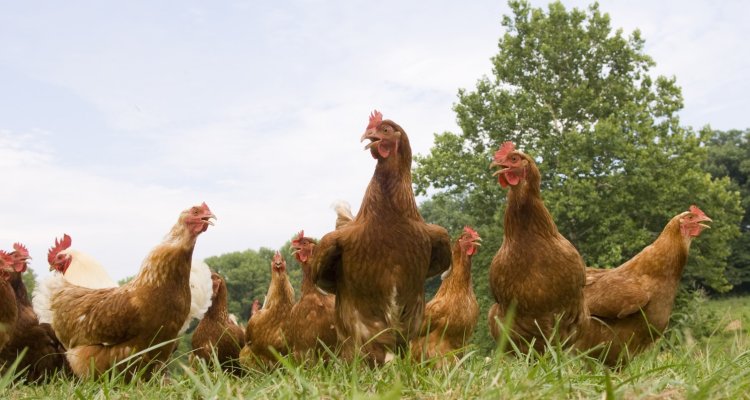
News
Animal breeding to prevent harmful social behaviours in livestock animals
Scientists from Wageningen University & Research, Animal Breeding and Genomics (WUR-ABG) developed models to simulate and genetically analyse social behaviours for large groups of animals and investigated how this data can be used to prevent or improve harmful social behaviours.
Using genetics to improve animal welfare
Modern animal production systems, which are characterized by group-housing with more opportunity for animal movement and ample contacts between individuals, are believed to improve animal welfare. However, domestic animals regularly engage in social interactions, and some of these are harmful (e.g. feather pecking in poultry and tail biting in swine). Current management strategies to reduce these harmful behaviours are often difficult to incorporate into routine management. The limited efficacy of these strategies has stimulated the use of genetics to improve social behaviours.
Analysing social traits for large groups of animals
Due to recent developments in animal detection and tracking techniques, it is now gradually becoming feasible to record all interactions between individuals. By combining a variety of sensors and artificial intelligence (AI) algorithms, researcher have successfully detected animal behaviour in several species. These technologies can provide big data on social interactions between individuals. However, there is still a lack of statistical genetic models to translate such data into estimated breeding values for social traits, and little is known of the sample sizes required for estimating genetic parameters and breeding values.
To investigate the prospects for genetic improvement of social traits, scientists from WUR-ABG developed methods to simulate social behaviours and analyse the resulting data. Their results were recently published in Genetics Selection Evolution. “We developed an individual-based simulation method to generate data on social interactions in a population with individual genetic and permanent environmental effects, and with spatial movement of individuals over time,” explains Zhuoshi Wang, researcher at WUR-ABG and first author of the study. “The analysis model is applicable to large-scale longitudinal data on behavioural interactions between animals kept in large groups.”
The scientists obtained promising accuracies of estimated breeding values of social tendency, even with only ~ 100 interactions per individual. Given that the analysis model is applicable to large-scale longitudinal data and that this data will become available in the near future, the scientists conclude that animal breeding can be a promising strategy to improve social behaviours in the future.